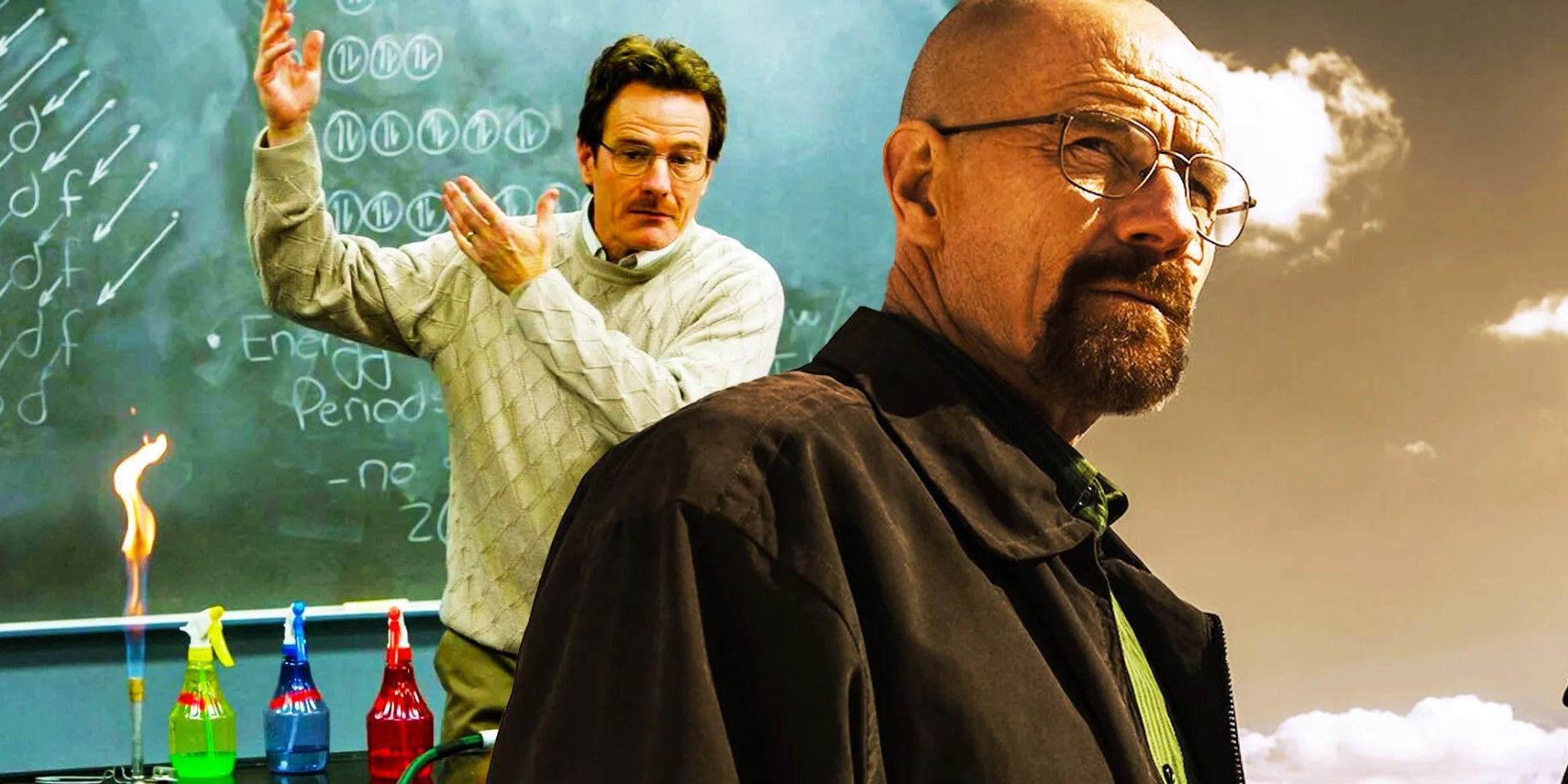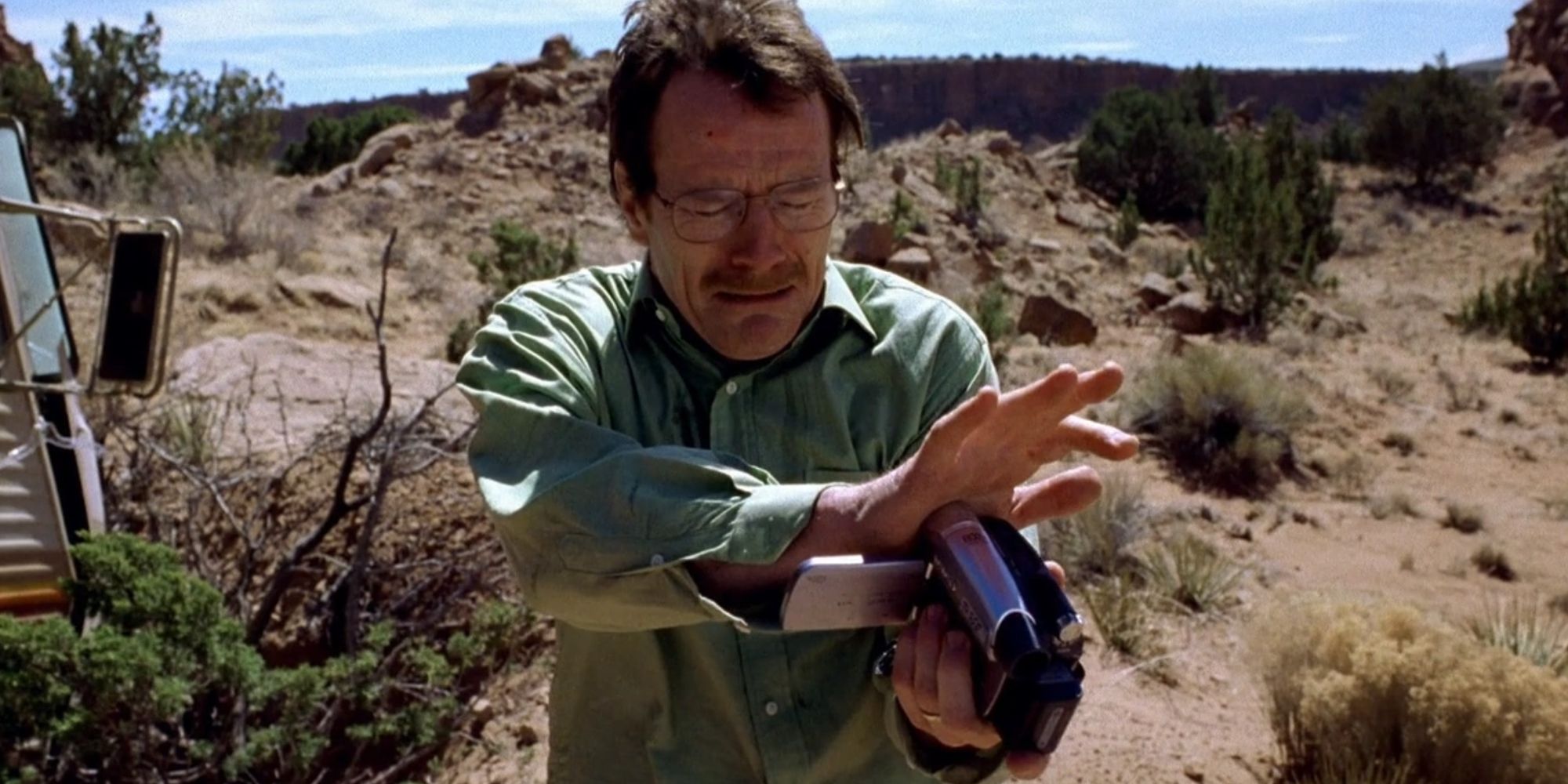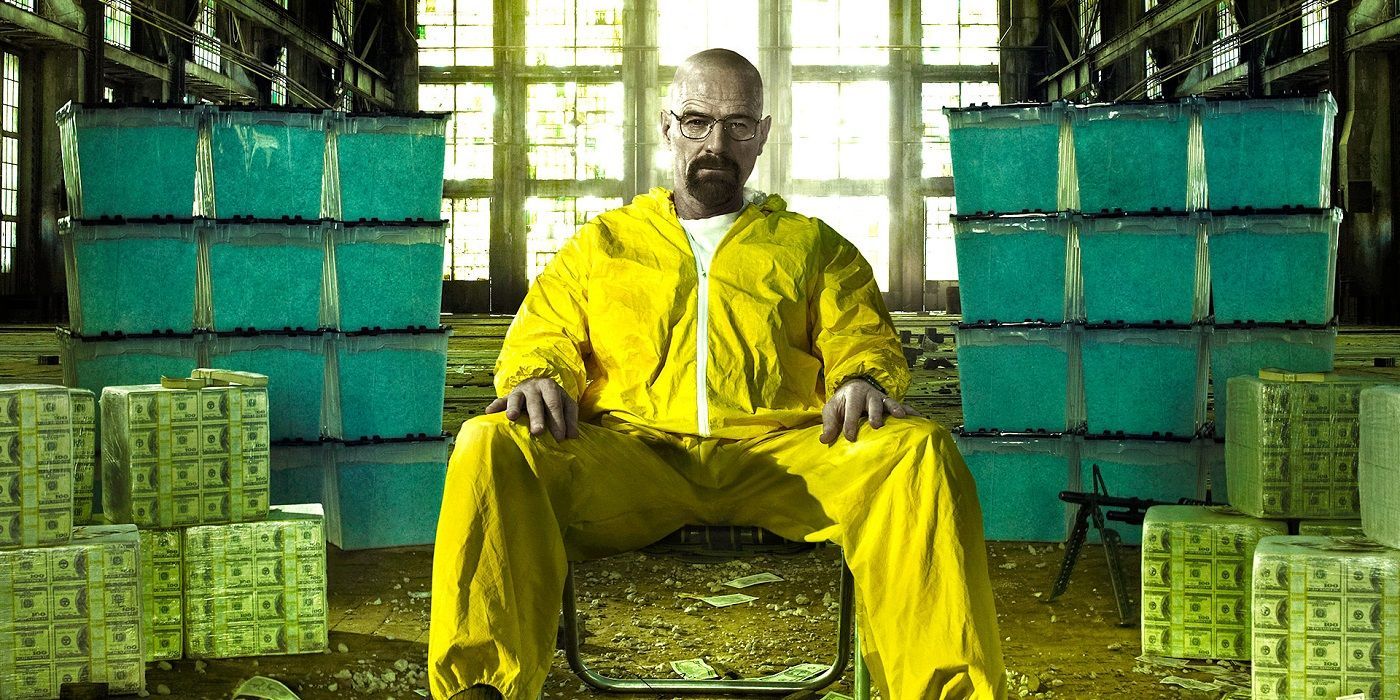[ad_1]
Breaking Bad’s Bryan Cranston – Walter White himself – weighs in how and why Vince Gilligan designed Heisenberg to fool viewers of the iconic series.
Breaking Bad is known for its clever twists, but the darkest trick the show ever pulled is how it turned Bryan Cranston’s Walter White into an endearing and sympathetic character. Alongside other questionable protagonists like James Gandolfini’s Tony Soprano from The Sopranos and Jason Bateman’s Marty Byrde from Ozark, Breaking Bad‘s Walter White stands at the crest of a wave of antihero crime dramas. Unlike his contemporaries, however, Walt has a unique background as a cancer-stricken high school teacher with nothing to lose – but everything to gain by using his expertise to turn to a life of crime.
This is what gives Cranston’s Breaking Bad protagonist an edge in terms of tricking the audience into loving him despite his actions – so much so that Breaking Bad creator Vince Gilligan has felt the need to clarify viewers should not root for Walter White. Indeed, Walt’s arc is a warning about how even a well-intentioned and highly intelligent person can transform into a monster. However, some continue to wrongly perceive Walter White as an aspirational character. Bryan Cranston offers a closer look at why Walt remains the most compelling and magnetic antihero in recent history.
Cranston Reveals How Breaking Bad Made Walt Sympathetic (Despite Being Evil)
Breaking Bad actor Bryan Cranston has weighed in on how the show tricked viewers into sympathizing with one of television’s true monsters. According to Cranston, Walt’s arc was indeed designed to test just how much he could get away with before losing audience sympathy. Like a televised version of the infamous Milgram experiment, the sheer cultural influence of the Walter White to Heisenberg transformation shows how easy it is for people to be influenced by a perceived higher authority.
Speaking in an interview on HBO Max’s Who’s Talking To Chris Wallace?, Bryan Cranston said:
“That was all by design, create the empathy… Everybody was signed on and rooting for him. But then he does something illegal? Well, I’ll give him a pass. And something a little brutal, a little more, a little more. And Vince Gilligan wanted to see how long he can go and how far he can go away from that initial man, and still keep the allegiance from the audience. So it was a real test. And it’s never been done in the history of television.”
The actor’s admission confirms a dark truth about Walter White that only really became clear after Breaking Bad ended – that the character duped audiences into cheering for the show’s true villain. From Walt’s mundane suburban life to his cancer diagnosis, the arc was designed to test whether a character would still be celebrated once the poisonings and betrayals began.
Breaking Bad’s Walt Transformation Proves The Show’s Genius
While Breaking Bad was not the first antihero crime series to feature a lovable villain, Vince Gilligan and Bryan Cranston pushed this formula to new extremes and revealed its limits, to the point that both have expressed concerns about the audience idolatry surrounding Walter White. At its core, this is a testament to the genius behind the characterization of Walter White in Breaking Bad. Bryan Cranston’s performance, combined with Walt’s relatable underdog story, conjures up justifiable reasons to join the meth industry and embrace a life of crime.
From the circumstances of why Walt left Gray Matter, to the ending of Breaking Bad and Walt’s Better Call Saul finale scenes, everything is designed to humanize Heisenberg despite his terrible crimes. That said, another crucial and comparably unique aspect of Walter White is that, unlike other antihero protagonists of his kind, Walt was essentially created by systemic failures in the education and healthcare systems of the U.S. Not only is this crucial to making audiences sympathize with Walt more, this also underscores how Breaking Bad developed the most memorable and sympathetic villain of the century by firmly establishing the character’s roots in social reality.
[ad_2]
Source link



